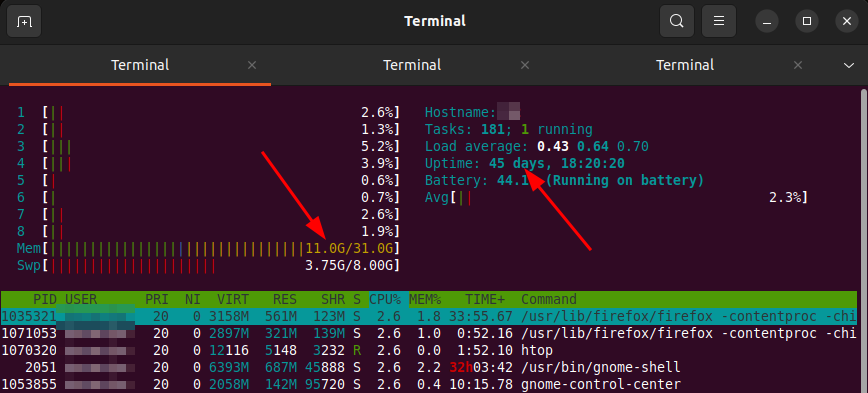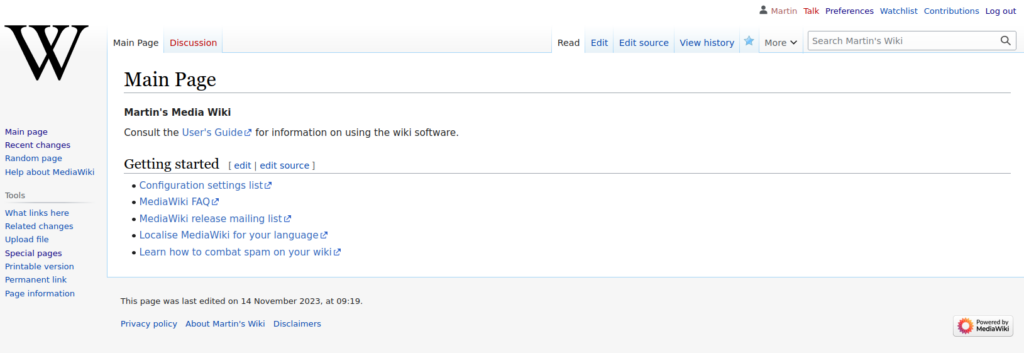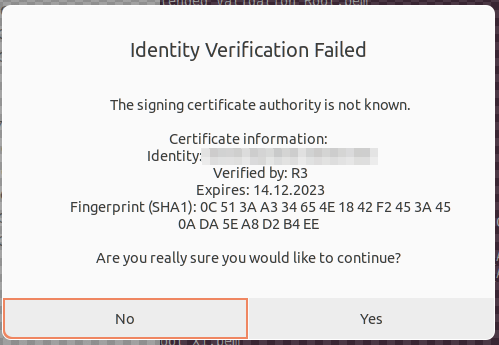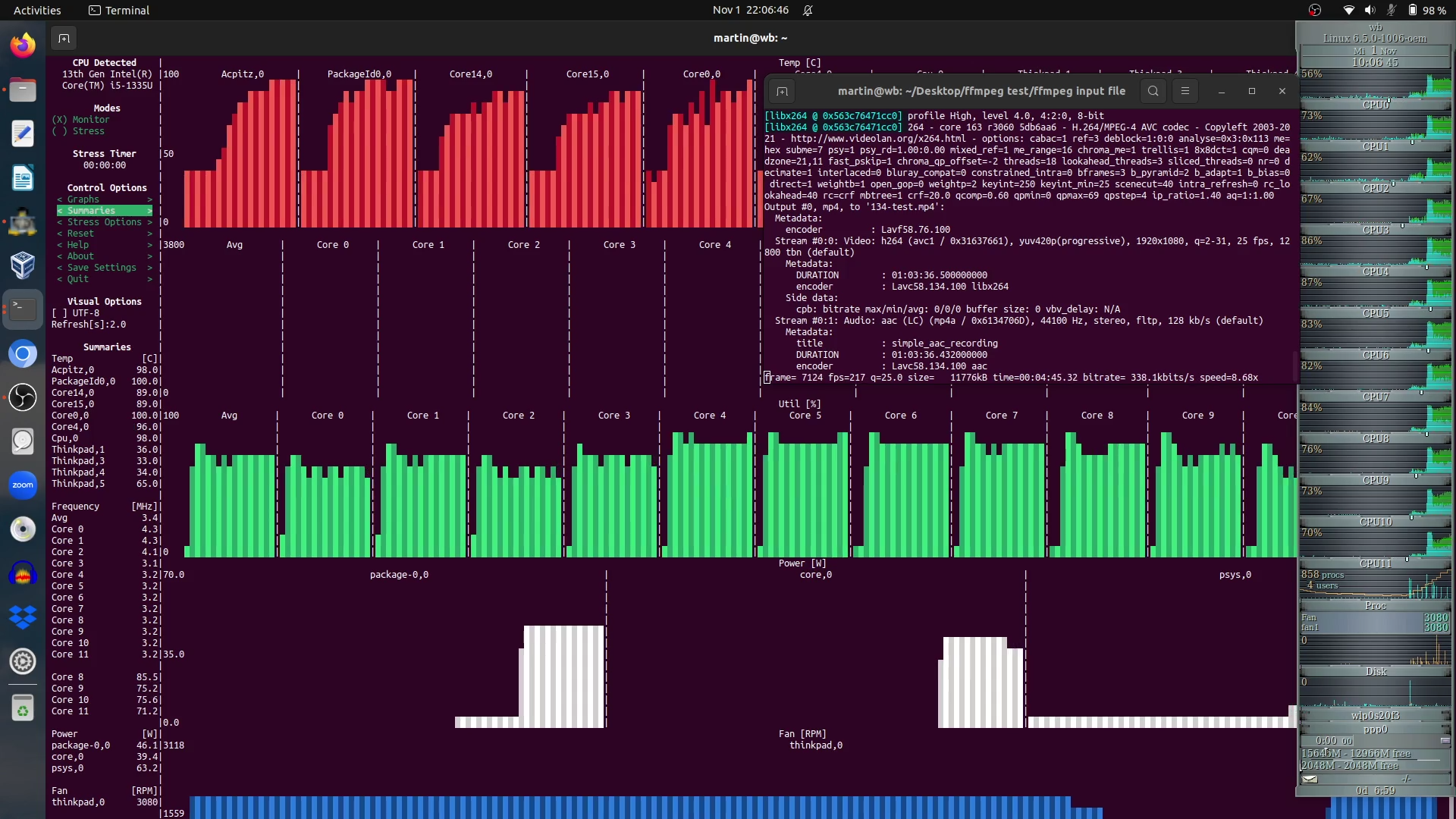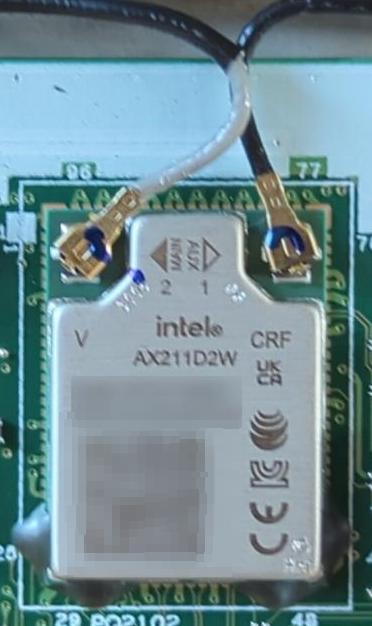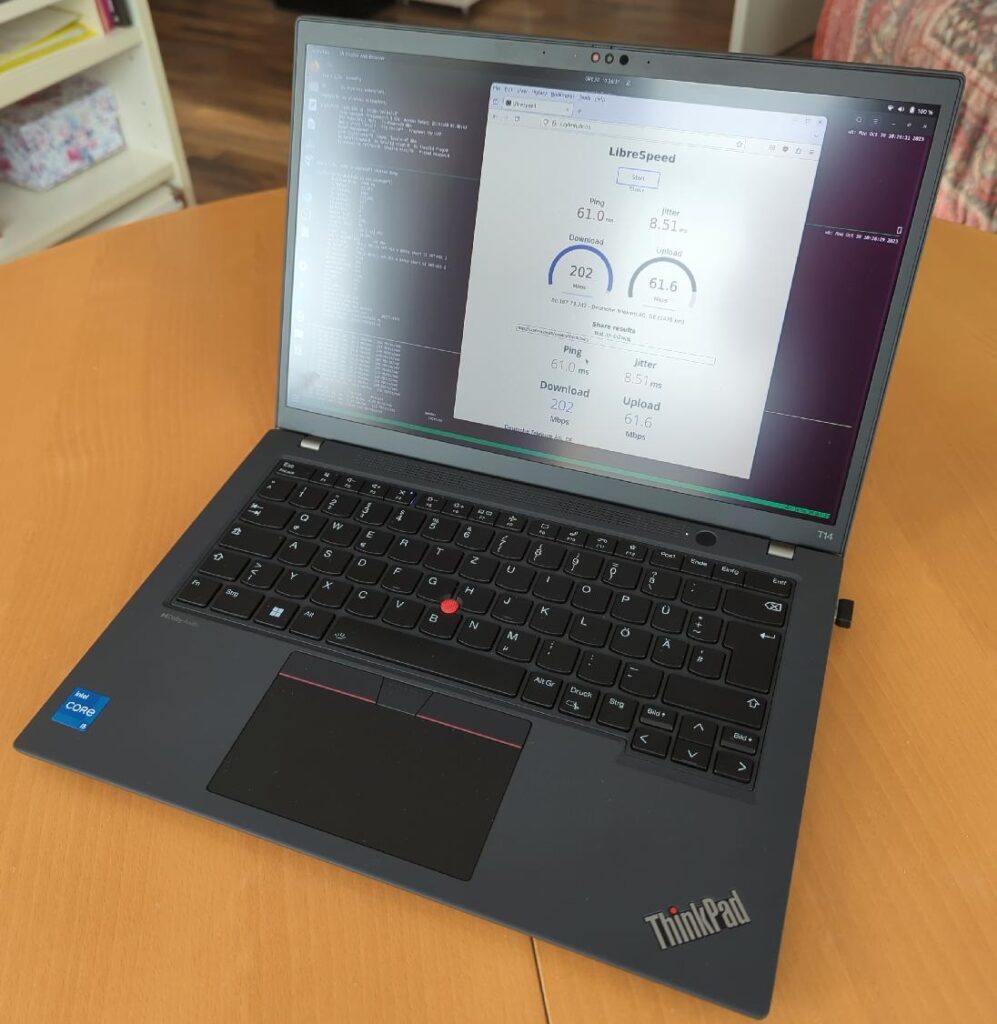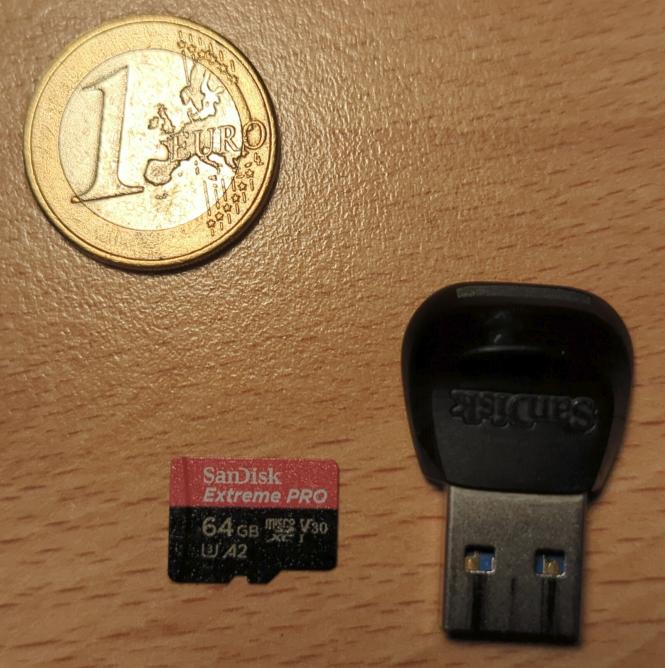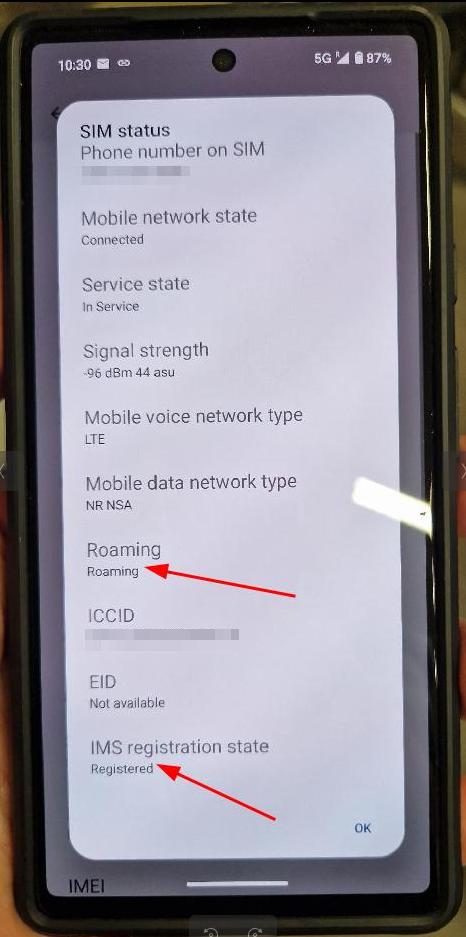
One of my reasons to switch from my previous phone with LineageOS to a Pixel 6 with LineageOS was to get Voice over LTE (VoLTE) support. It has worked well in my home network and I’m very happy about the upgrade. But what about VoLTE Roaming support when visiting another country? I had no idea if this would work until I was abroad recently and checked it out. And indeed, VoLTE Roaming was activated and working. Apart from the better speech codec used compared to traditional circuit switched roaming, call setup time was also almost instantaneous. Very nicely done!
